The architecture of India is rooted in its history, culture and religion. Among a number of architectural styles and traditions, the contrasting Hindu temple architecture and Indo-Islamic architecture are the best known historical styles. Both of these, but especially the former, have a number of regional styles within them. An early example of town planning was the Harappan architecture of the Indus Valley Civilisation, whose people lived in cities with baked brick houses, streets in a grid layout, elaborate drainage systems, water supply systems, granaries, citadels, and some non-residential buildings. Much other early Indian architecture was in wood, which has not survived.
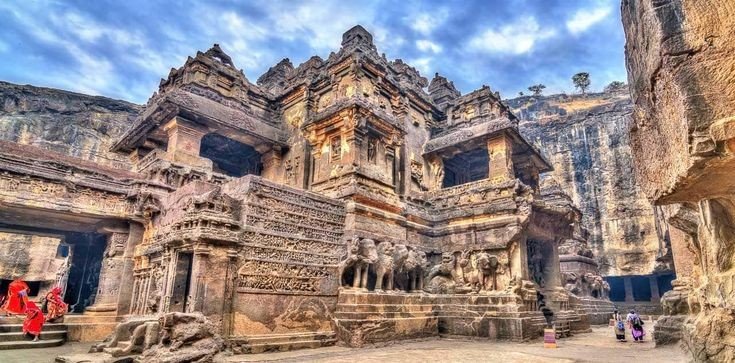
Kailash temple, Ellora Caves
(Indian rock cut Architecture)
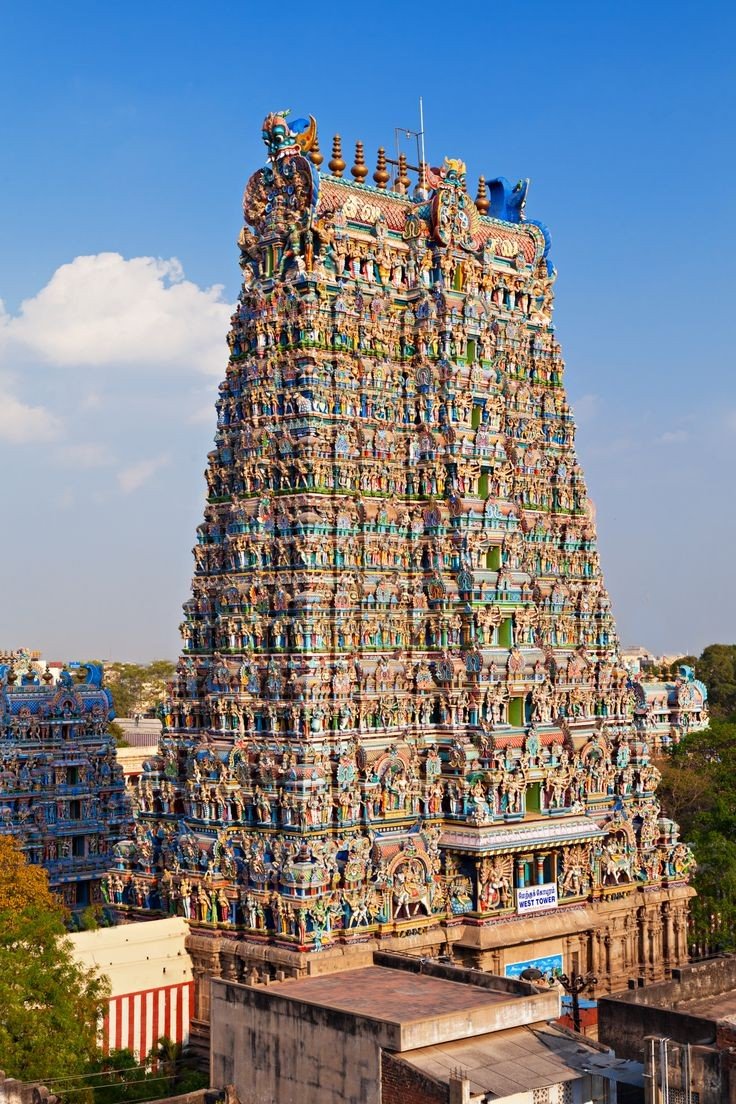
Meenakshi temple, Madurai
(Dravidian Architecture)
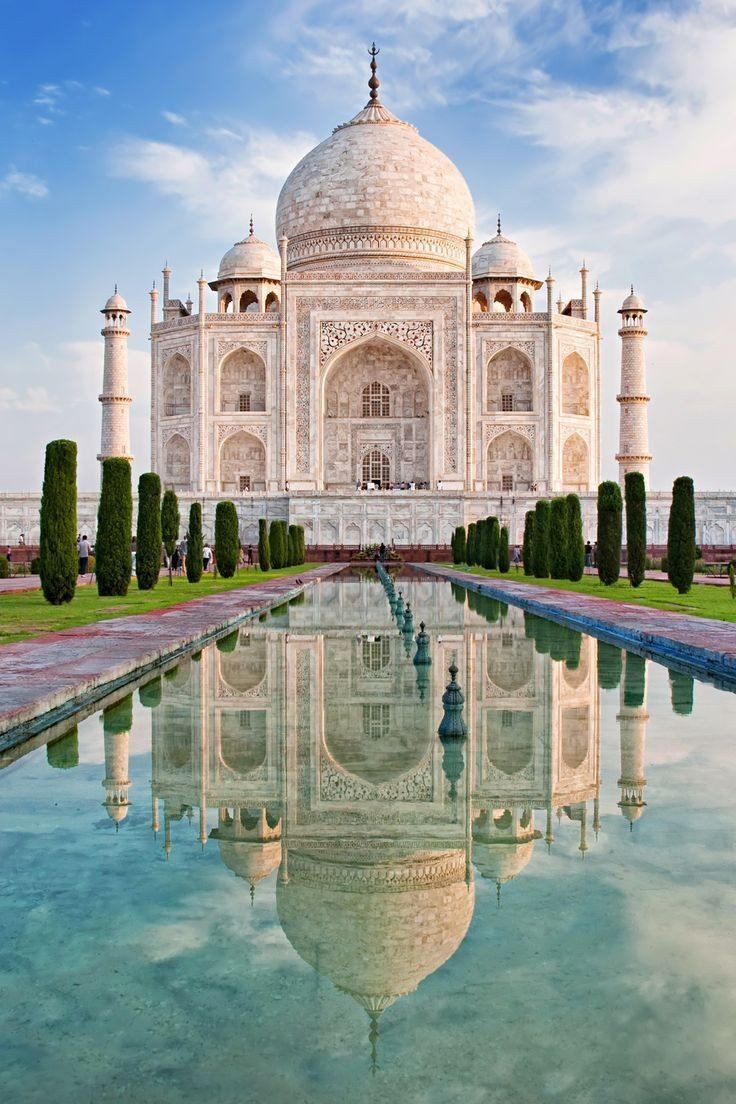
Taj Mahal – Agra
(The Epitome of Mughal Architecture)
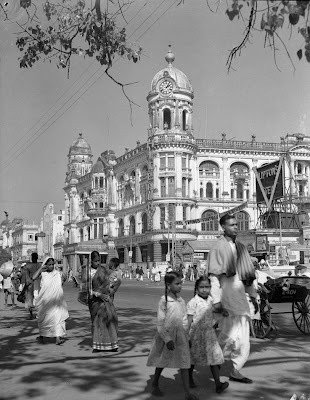
Dalhousie Square – Kolkata
(Built During British Raj period and a perfect example of fusion of Indian and Renaissance Architecture)
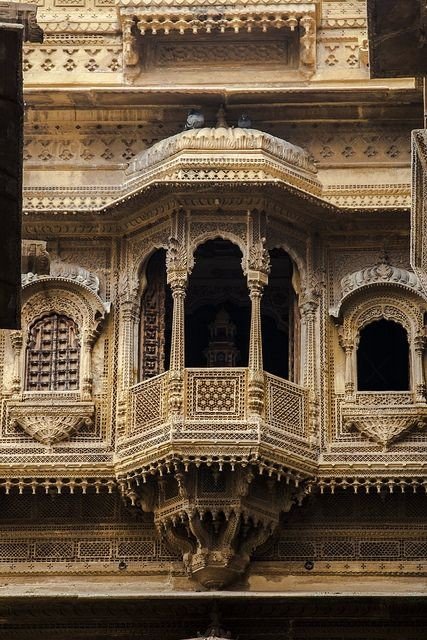
Patwon ki Haveli Jaisalmer
(Sandstone Haveli in Rajasthan)
Hindu temple architecture is mainly divided into the Dravidian architecture of the south and the Nagara style of the north, with other regional styles. Housing styles also vary between regions, partly depending on the different climates.
The first major Islamic kingdom in India was the Delhi Sultanate, which led to the development of Indo-Islamic architecture, combining Indian and Islamic features. The rule of the Mughal Empire, when Mughal architecture evolved, is regarded as the zenith of Indo-Islamic architecture, with the Taj Mahal being the high point of their contribution. Indo-Islamic architecture influenced the Rajput and Sikh styles as well.
During the British colonial period, European styles including neoclassical, gothic revival, and baroque became prevalent across India. The amalgamation of Indo-Islamic and European styles led to a new style, known as the Indo-Saracenic style. After independence, modernist ideas spread among Indian architects as a way of progressing from the colonial culture. Le Corbusier, who designed the city of Chandigarh influenced a generation of architects towards modernism in the 20th century. The economic reforms of 1991 further bolstered the urban architecture of India as the country became more integrated with the world’s economy. Traditional Vastu Shastra remains influential in India’s architecture during the contemporary era.

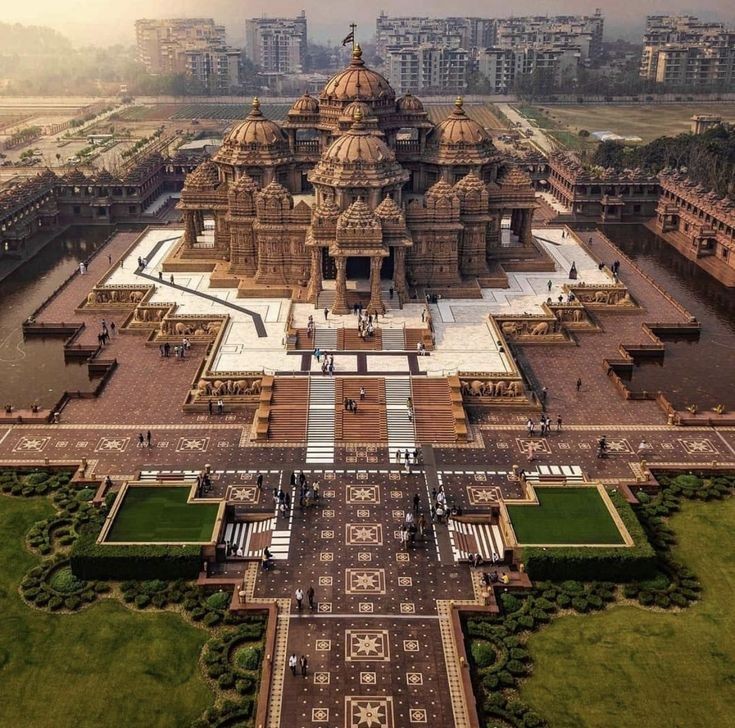
Leave a Reply